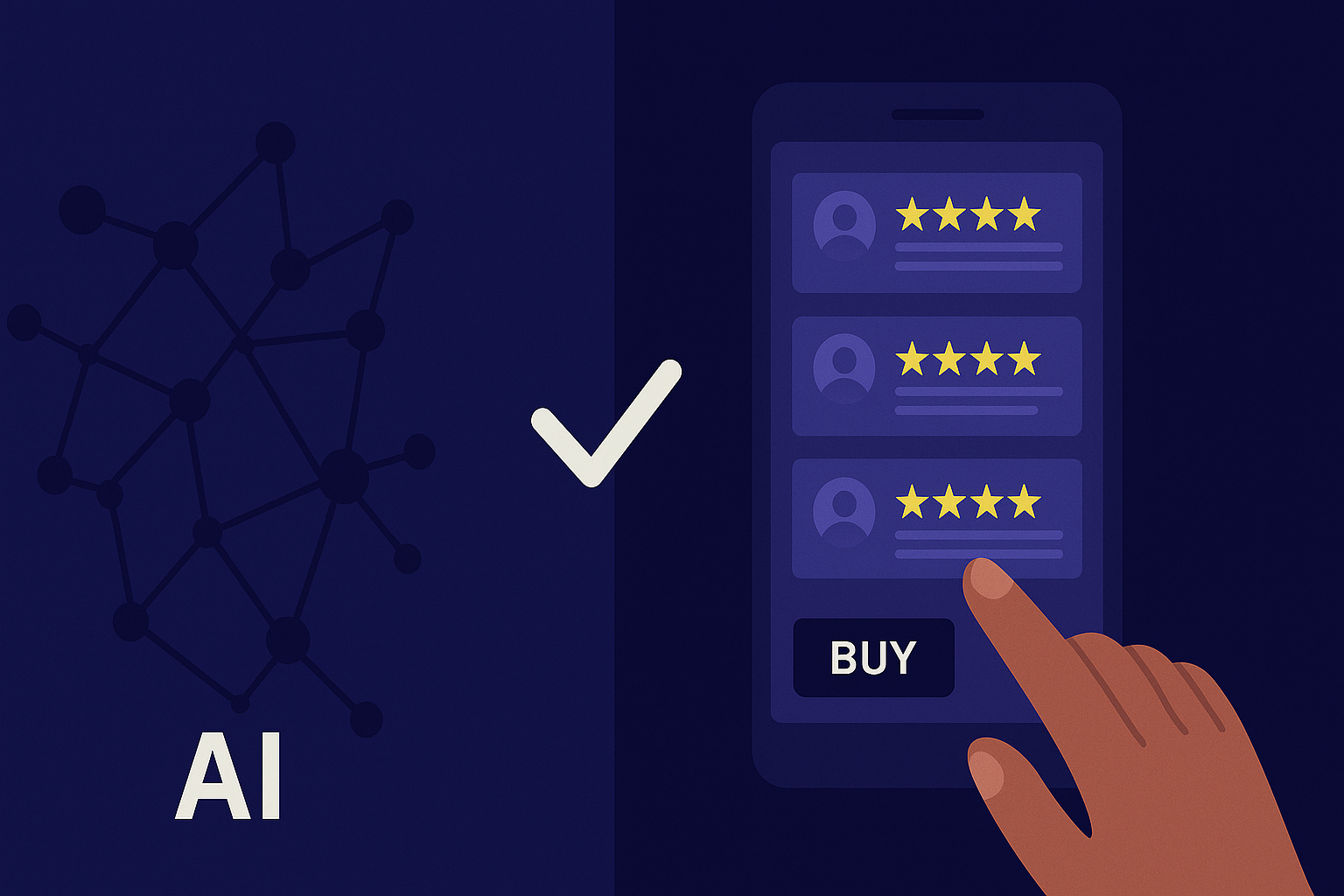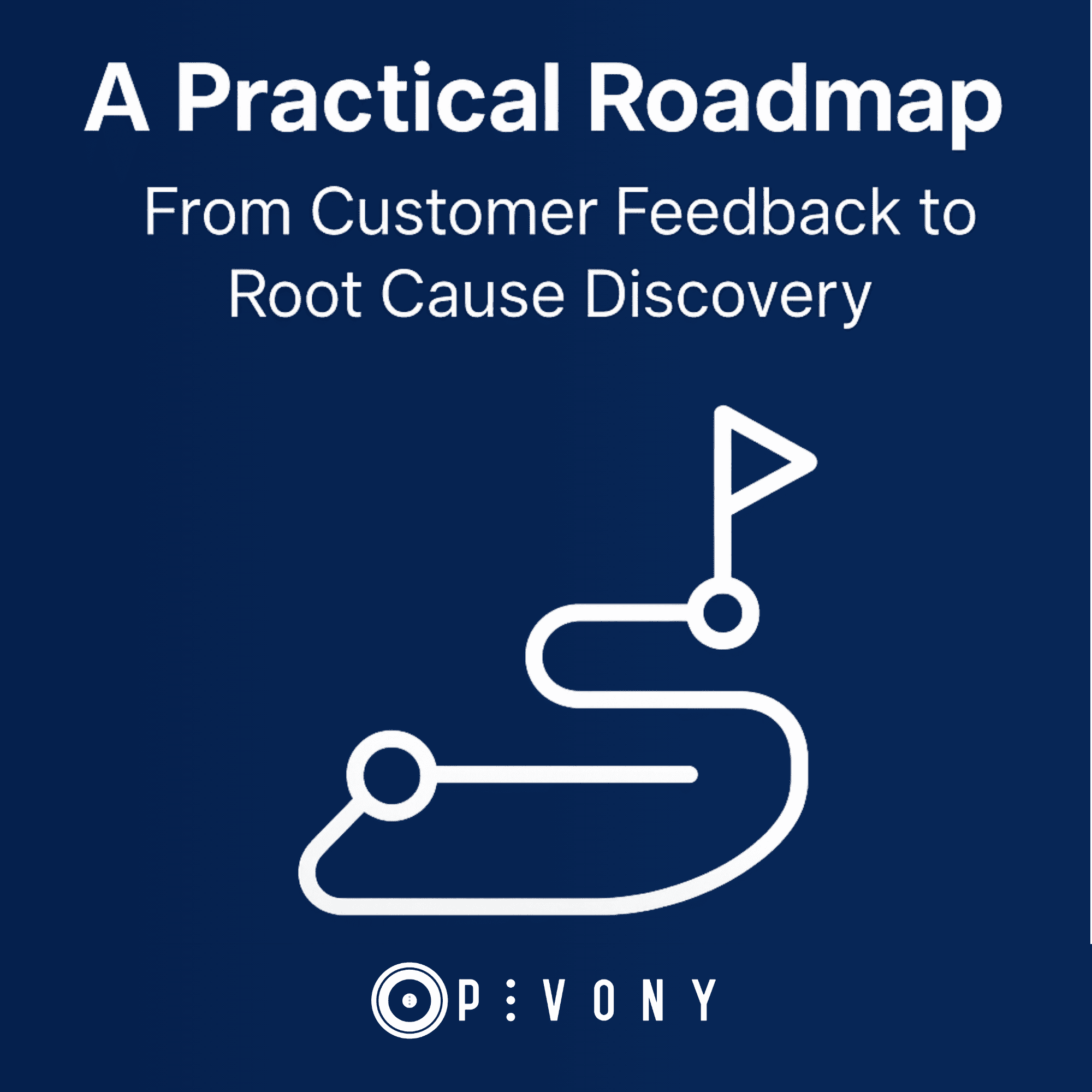Understanding emotions is complicated in human relations. Same for marketing. It's easy to promote a product, but what about understanding how the product makes a customer feel?
You can describe what your product does by advertising the product. It’s basic and straightforward. So, can you understand the feeling that the product awakens in the customer?
Thanks to sentiment analysis, A BIG YES!
Sentiment analysis can help you understand how customers feel about your company, reveal feedbacks that can improve your product, and keep you on track with your customers by putting the latest consumer insights on your radar. As a result, enriching your customer relations management through sentiment analysis methods can grow your business by closing the empathy gap between you and your customers.
In this post, we will touch on sentiment analysis with a general review.
What is sentiment analysis?
Sentiment analysis or opinion mining is a method to extract the sentiment of a text. A written text contains many clues about the emotional state of the person who wrote it. The semantics and syntax of the sentence can indicate that the person is happy, angry, excited, or disappointed.
Using contextual sentiment analysis, you can understand what your customers are thinking about your product whether it’s the app store ratings of your app, reviews they left at your e-commerce store, or things they say about you on social media. Are they positive, negative, or neutral?
Sentiment analysis tools can tag your customer reviews in these categories. This way, you can track how well your product is doing by following the sentiment trend of customer reviews.
The good news is that you can use a sentiment analysis dashboard with almost any topic you want. For instance, you may be curious about the post-sales satisfaction of your customers in terms of problems with shipping. Or you may be curious to know the customer feedback on the newest features you added to your platform.
You can tag all customer reviews in terms of positive, negative, or neutral, using sentiment analysis tools. You can also keep track of the percentage sentiment month by month to see the increases and decreases in overall customer sentiment levels.
How does sentiment analysis work?
Sentiment analysis is the product of the collaboration of natural language understanding (NLU) and machine learning (ML) algorithms to analyze text data including online social media channels, mobile app reviews, and e-commerce product reviews. These algorithms are tasked to detect the tone of the written text as positive, negative, or neutral. But how does sentiment analysis work?
Let’s put it under a scope!
In sentiment analysis, the algorithm includes a deep-learning solution. Artificial intelligence (AI) works similarly to the human brain. Words with similar meanings are categorized under similar feelings. The analysis is language-based and so the tool works in a way that is sensitive to different languages.
Sentiment analysis collects data (complaints, praises, suggestions, or remarks) from a variety of platforms and data sources that include social media, product reviews, customer surveys, and many more. A sentiment analysis tool breaks concepts into chunks. It does this by using a pre-determined sentiment scale according to which concepts are transformed into a sentiment score. Hence, a sentiment analysis tool decides whether a given text has positive, negative, or neutral sentiment. But how accurate is sentiment analysis?
For example:
“The quality of the glass is not really good, it may easily be broken but the price is affordable.”
Here, the emotional tone of the text is processed using semantics and syntax. If the overall sentiment of the text leans towards negativity (e.g. the quality of the product) it goes into the negative sentiment basket! And vice versa.
However, the sentiment value of a text is not always straightforward. Now, things will get a bit hectic. Ready? Consider this review as an example:
“Wow. Another coffee mug that is broken on the way! Just what I needed.”
The user makes sarcasm here, and the human brain can understand that easily. For AI, however, it is difficult to detect irony and sarcasm in sentences. The good news is that there is a way around this issue. Thanks to advances in AI and machine learning technologies, we can improve sentiment analysis accuracy by getting user feedback and training our algorithm to become even more sensitive. You see, sentiment analysis rocks day by day!

What can you use sentimental analysis for?
Customers try to reach businesses on different platforms and want to have cared about what their opinions/feelings are. So, how can sentiment analysis be used to improve customer experience? For the customer experience teams, it is not that easy to handle all of the incoming data from the customers. Pivony Consumer Intelligence Platform helps you to conduct sentiment analysis using product review data from customers and conveying it to customer support management.
1. Customer Relationship Management
Companies use a variety of strategies to maintain and manage their interaction with current and potential customers. Thanks to Customer Relationship Management (CRM), companies ensure customer satisfaction and maintain their brand reputation.
Customers' expectations and behavior have dramatically changed as a result of rapid digital innovation. Offering a top-notch good or service is no longer sufficient. Customers want easy, effective, and delightful interactions with businesses. The businesses that are succeeding in this changing market are those that are gaining valuable insights from customer feedback. Sentiment analysis will help you to understand customer feedback. When dealing with the negative sentiment you should take action to prevent customer churn.
The ultimate aim of Customer Relationship Management is to maximize its relationships with the customers to sustain the company. The need for sentiment analysis emerges at this crucial point. Turning the distorted and erratic survey process into in-depth insight text analysis leads to creating ways to increase company revenues.
Getting insights from customers is great, but there is more than that: solving customers' expectations.
.jpg)
2. Monitoring Social Media
Social media monitoring is essential for brands as social media plays a crucial role in the customer experience. Using social media monitoring tools, you can figure out what people speak about. A good strategy is a good prize.
What is social media sentiment analysis? Is it a good strategy to monitor your social media in terms of customer feedback?
It may seem impossible to reach every single comment on your newest product. However, you can learn what people like or dislike about your product/service or which parts of these need improvements, based on customers’ feedback using social media sentiment analysis. You can also follow which topics are discussed on your opponents' side. Get opportunities, trends, and organic insights with social media sentiment analysis!
Let's imagine that there is a sudden social media crisis where people started to bad mouth your product. Then it turns into a collective movement where mentions of your brand get more and more negative. Were you able to act on it quickly? To act on it, you have to find the root cause of the issue and fix it. This is where sentiment analysis comes into the picture. You can mitigate potential crises with sentiment analysis by tracking the social media chatter about your brand every day.
You don’t have to stay local either, you can browse and run social media analysis from any language using a text analysis tool. As an example, using Twitter sentiment analysis could be one of the company's strategies to monitor social media, and get ahead of any customer complaints or remarks.
3. Market Research
Through a sentiment analysis system, marketers can extract and classify customer emotions toward products and the level of satisfaction with services. Social media discussions and comments on other platforms may help track how you perform in terms of brand awareness and emerging market trends. To maintain efficient market research, you can follow marketing trends and competitors’ strategies through sentiment analysis. Without having to invest in time-consuming and expensive market research initiatives, marketers may also gather feedback on attitudes and opinions as they emerge.
Additionally, your company can pinpoint product pain spots for future improvement and anticipate customer requests to obtain a competitive edge by identifying important consumer insights. These insights could then be used to gain an early advantage by investing ahead of the rest of the market.
4. Brand Awareness
Customers’ brand awareness is often provided through surveys by obtaining feedback from satisfaction surveys. Although surveys are traditionally preferred for obtaining customer data, they either form questions in terms of ratings for the ease of analysis or end up having large amounts of textual data which are a pain to analyze. On the other hand, brand sentiment analysis with in-depth insight into text analysis is very useful for measuring unstructured text responses and turning them into actionable data.
5. Voice of the Customer (VoC)
Voice of the Customer (VoC) describes feedback given by your customers about their experience and expectations of your products or services. A firm conducting sentiment analysis would identify its customers’ moods. Using customer sentiment analysis builds customer intimacy and prevents customers from being ignored. It provides a coherent picture of what happens across the customer experience journey.

Conclusion
In a nutshell, sentiment analysis is a technique to understand the emotional value of a written text in terms of positive, negative, or neutral sentiments. Qualitative sentiment analysis brings customer experience beyond what is known.
Using sentiment analysis saves time and energy for anyone whether they work in marketing, customer experience, or product management while presenting an in-depth understanding of what their customers need.
Though it may look complex, sentiment analysis is at its core a basic social listening tool anyone is equipped to use. If you need such a product or want to try it out, know that online sentiment analysis tools will help on this road you set out to get to know your customers better.
Care for your customers, and get started to discover your customers’ data with Pivony!
Stay tuned!
.png)
.jpg)



